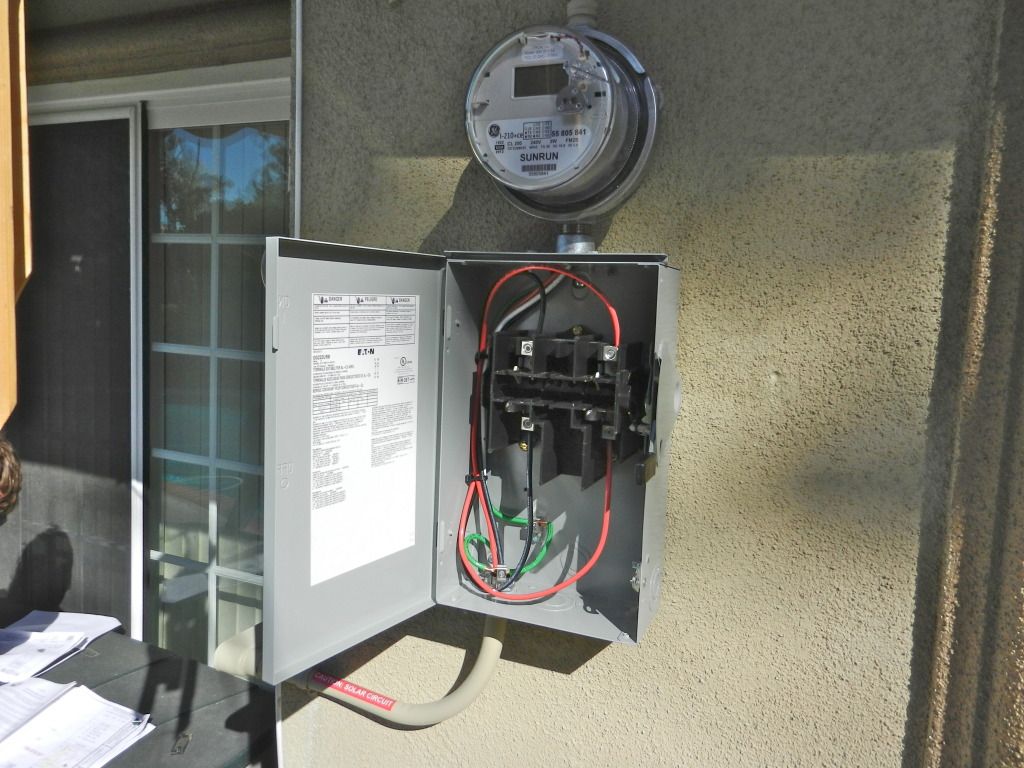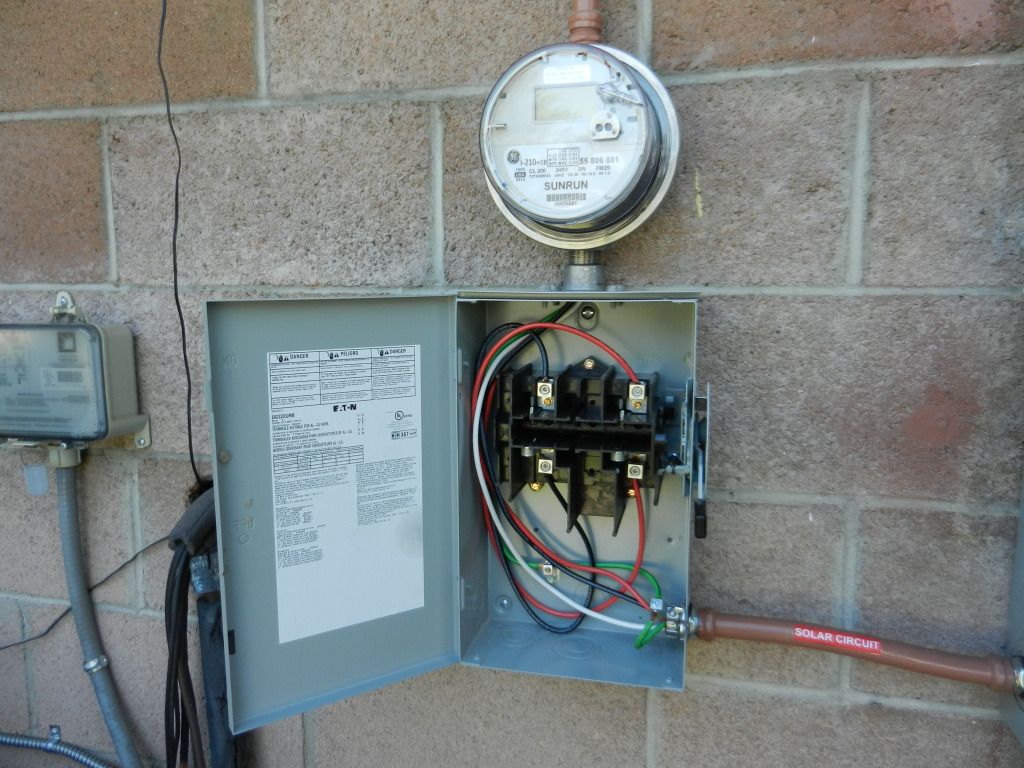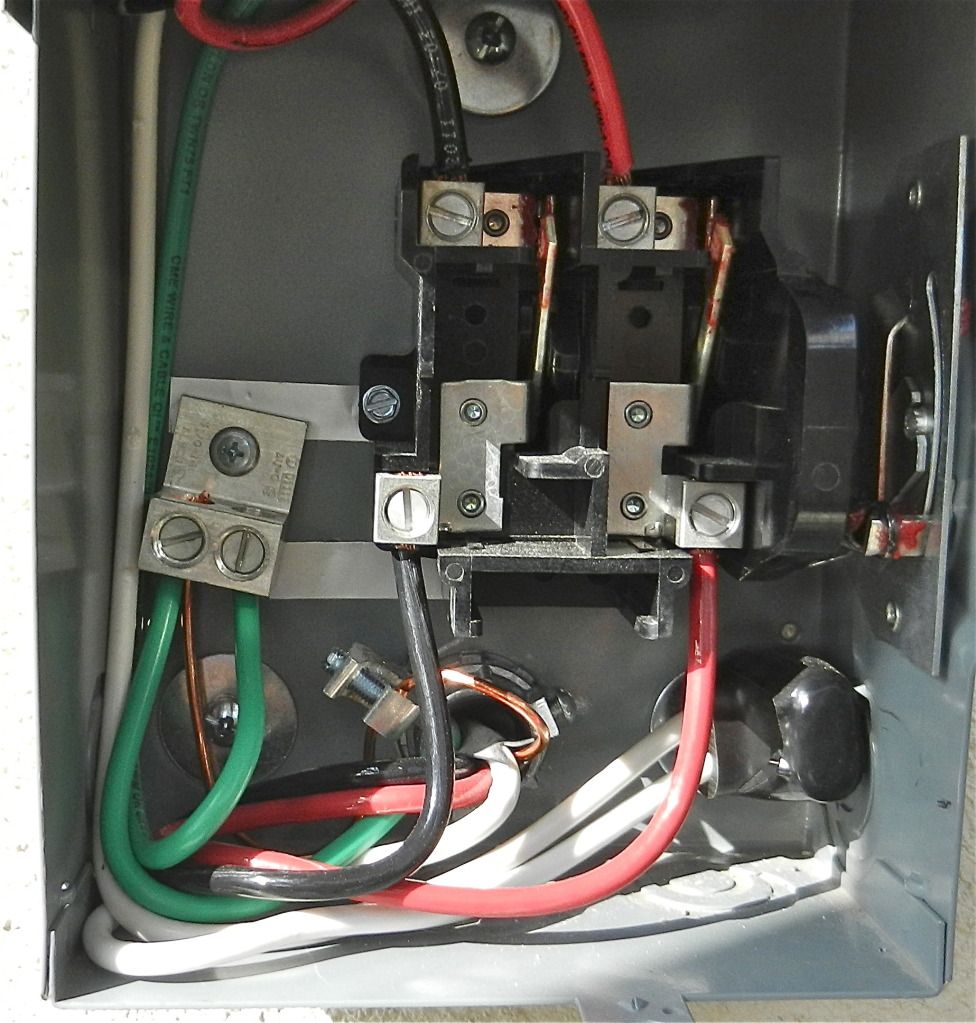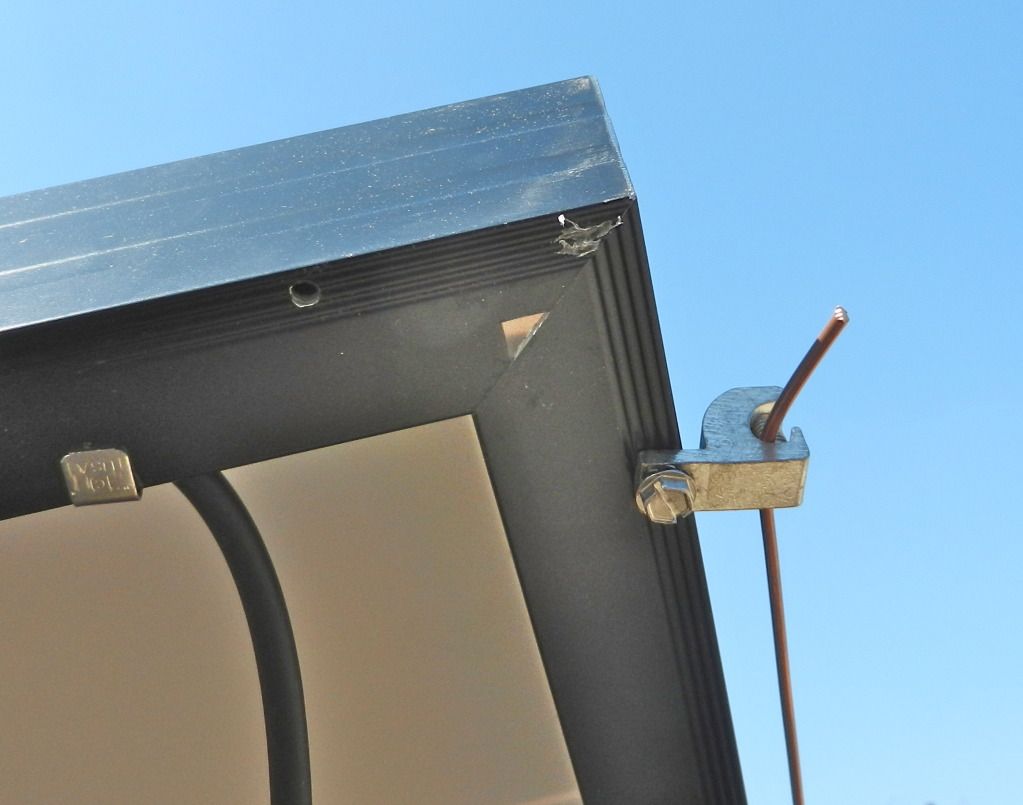Dennis,
If one accepts the premise that a problem exists, then it's not a stretch to deny the particular use of a listed product.
An AHJ has the authority to determine what is approved and what is not approved.
As far as a listing goes, it is the
basis for approval
if the AHJ decides to approve.
Listing does not mean that the AHJ shall approve.
Listing is a basis upon which a approval
may be granted.
Listing is a tool that's available to an AHJ. Obviously most jurisdictions lack the wherewithal to test equipment so listing by a NRTL fulfills that requirement. An AHJ can evaluate equipment and rely on the listing or not.
In this case I choose not. There is a clear and present danger of a curious child opening the enclosure. It should be safe enough that the child or his dimwitted father will need a tool to expose live parts. That is the case with all other residential disconnects.
Would this disconnect be allowed in any other setting where the public has free access? The listing would allow that to happen but somehow it never does. Why is that the case? Is it the insurance companies? Why would we sanction such a disconnect in backyards?
90.7 Examination of Equipment for Safety. For specificitems of equipment and materials referred to in this Code,
examinations for safety made under standard conditions
provide a basis for approval where the record is made
generally available through promulgation by organizations
properly equipped and qualified for experimental testing,
inspections of the run of goods at factories, and service value
determination through field inspections.
Who is granting an approval per 90.7? It is not UL, CSA or any other NRTL. It is the AHJ that grants approval. Are we being told that the NRTL grants approval? No, we are being told that a listing by a NRTL can be taken as proof that the equipment meets certain criteria spelled out in certain Standards. That's all a NRTL is good for. The NRTLs do not write code, they do not enforce code, they are a resource for those that do write and enforce code.
Is there a standard that would prevent the condition I am addressing? I don't know but if there isn't, there should be.
Those that believe that a listing is tantamount to perfection and can't be denied miss the fact that we live in an imperfect world. I am but an inspector [some would say a butt of an inspector] and I have found deficiencies in listed equipment that have been borne out to be a deficiency by the NRTL that listed the equipment. In other words, I have found the mistakes made by a NRTL so why can't I "find" this mistake.
110.3 Examination, Identification, Installation, and Use of Equipment.(A) Examination.
In judging equipment, considerations such as the following shall be evaluated:
(1) Suitability for installation and use in conformity with the provisions of this Code
FPN: Suitability of equipment use may be identified by a description marked on or provided with a product to identify the suitability of the product for a specific purpose, environment, or application. Suitability of equipment may be evidenced by listing or labeling.
I do realize that a Fine Print Note is not part of the enforceable code but it is there for the purpose of clarification. Here it says may. Nowhere in the code or any FPN does it say shall as in if equipment is listed it shall be approved. Quite to the contrary, I think that the code has been made abundantly clear that the opposite is true.
90.4 Enforcement.By special permission, the authority having jurisdiction may waive specific requirements in this Code or permit alternative methods where it is assured that
equivalent objectives can be achieved by establishing and maintaining effective safety. This Code may require new products, constructions, or
materials that may not yet be available at the time the Code is adopted. In such event, the authority having jurisdiction may permit the use of the products, constructions, or
materials that comply with the most recent previous edition of this Code adopted by the jurisdiction.
The AHJ has the authority to waive specific requirements and approve alternate methods based on what exactly? That would be based on the best judgment of the AHJ. How then is that same judgment not good enough to say, "Hold on, Shirley we can't approve this".
High desert communities have declared WEEB clips illegal within their jurisdiction. WEEB clips are listed. How were they able to do that? Well I'm convinced that I have shown you how and I want it done with these dangerous disconnects?
The city of Chicago banned Romex. That had to hurt and they did it anyway. Where did Chicago get the authority to do that? The code, that's where, it's in the code. No entity can force an AHJ to approve anything.
Remember this much. I can't do anything about anything because I'm just an inspector. The authority of the AHJ does not reside in me. Ultimately I will be told to sit down and shut up. Well I can be made to sit down....shutting me up is another thing.
 Well duh! He is the Chief, and that's why.]
Well duh! He is the Chief, and that's why.]






